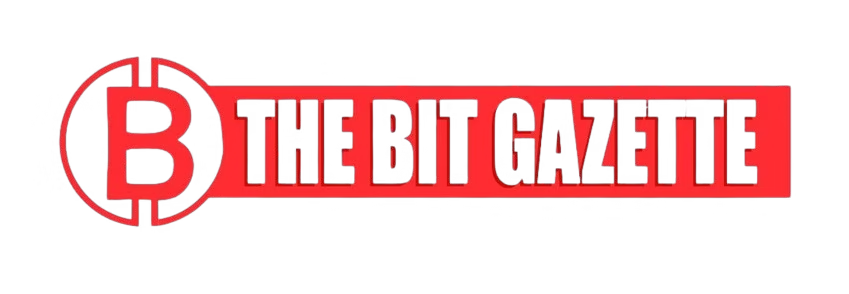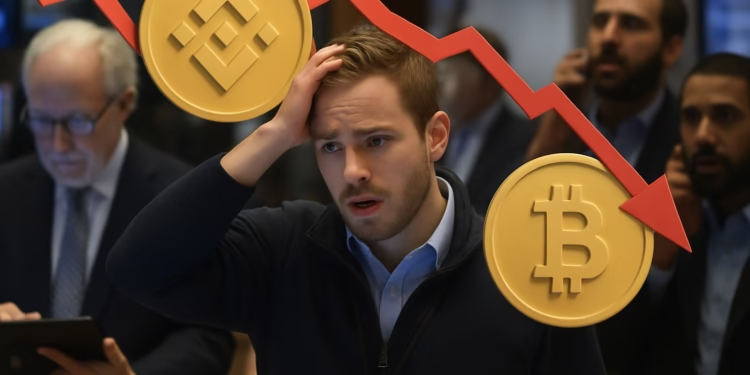A major derivatives trader with wallet address 0xb317 on the decentralized exchange Hyperliquid has opened a new $163 million short position on Bitcoin (BTC), reigniting speculation about insider trading and market manipulation following last week’s crypto crash.
According to data reported, the trader entered the leveraged 10x perpetual short on Sunday, positioning against Bitcoin’s price recovery after earning $192 million in profit during the previous market downturn. The new position is already $3.5 million in profit but faces liquidation if BTC surpasses $125,500.
The timing is what has gripped the crypto community. The whale had opened their earlier short just 30 minutes before former President Donald Trump’s tariff announcement, which sent global markets including crypto tumbling.
“The uncanny precision of this trader’s timing is either luck of historic proportions or something much more coordinated,” said crypto analyst Eric Balchunas in a note shared with Bloomberg.
“Insider whale” allegations flood social media
Within hours of the latest position going public, X (formerly Twitter) erupted with allegations that the trader may be an “insider whale.”
Observers noted that similar-sized short positions appeared moments before other market-moving events.
The crazy part is that he shorted another nine figures worth of BTC and ETH minutes before the cascade happened, said observer MLM, quoted by BeInCrypto, adding, And this was just publicly on Hyperliquid, imagine what he did on CEXs or elsewhere.
The community’s frustration runs deep. Data platform HyperTracker reported that more than 250 wallets lost millionaire status during the most recent crypto crash, many through forced liquidations triggered by cascading leverage wipes.
Meanwhile, other traders are trying to counter the market downturn which is one notably opened a 40× leveraged $11 million long on Bitcoin, betting on a rebound.
Researchers warn of systemic risks in unregulated markets
The incident has reignited concerns about accountability in decentralized trading platforms.
Crypto people are realizing today what it means to have unregulated markets: insider trading, corruption, crime, and zero accountability, said Janis Kluge, a researcher at SWP Berlin, in comments to Reuters.
Analysts point out that while blockchain transparency reveals activity, it does not necessarily deter misconduct. Wallet addresses can act pseudonymously, making enforcement difficult.
Even if on-chain sleuths link the wallet to an individual or entity, proving insider coordination is nearly impossible without subpoena-level access to communications,” said Mark Palmer, senior equity analyst at BTIG, in remarks to CoinDesk.
These regulatory blind spots may allow influential traders to move billions with limited oversight amplifying volatility during periods like the current crypto crash.
Binance denies role in market turmoil
Rumors that Binance contributed to the crypto crash added fuel to the controversy. Users reported that stop-losses and liquidation mechanisms malfunctioned, while some tokens including USDE, BNSOL, and WBETH appeared to depeg or crash to zero.
In a statement published Sunday, Binance rejected claims of internal failure, calling the incident a “display issue.” The exchange clarified that its futures and spot engines remained fully operational, saying:
We are aware of speculation in the market regarding the causes of this event, with some focusing on the role of the Binance platform, Binance spokesperson, in an official update.
Despite denying involvement, Binance later offered $283 million in compensation to traders holding affected assets as collateral. The exchange’s native token, BNB, rebounded sharply up 14% in 24 hours to trade above $1,300, according to TradingView.
The bigger picture: unregulated power and market fragility
The events surrounding the crypto crash highlight a growing structural risk excessive market influence concentrated in a handful of anonymous players. Platforms like Hyperliquid offer open, permissionless access, but that same freedom enables coordinated trades that can move billions in seconds.
Analysts at Glassnode warn that derivatives-driven volatility now dominates crypto pricing. “The share of perpetual futures open interest has tripled since 2022,” they noted, adding that leverage-driven liquidations amplify every crash.
As one user posted on X:
“Crypto was meant to democratize finance. Instead, it’s creating shadow whales who can crash markets at will.”
For regulators and investors alike, the crypto crash has become a real-world stress test of decentralized finance’s maturity exposing both its transparency and its blind spots.











